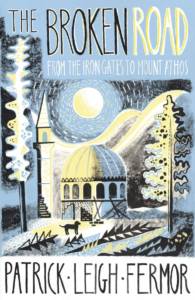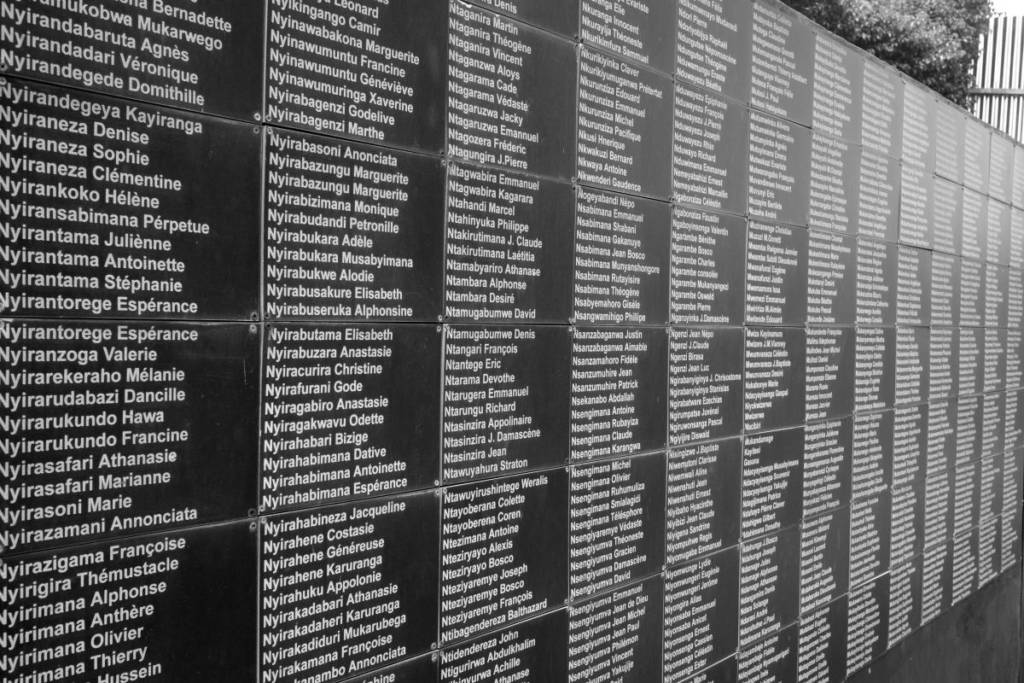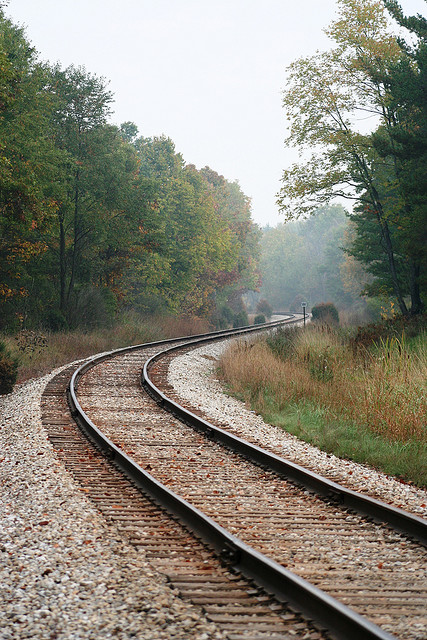
Charlie Kaufman imagines a plane crash at the beginning of his semi-autobiographical film Adaptation; he envisions himself nonplussed while the passengers around him scream and fight each other for oxygen masks. I always imagine frantically writing an invariably optimistic goodbye note to my family as my plane descends – reassuring them, falsely or not, depending on the day, that I enjoyed what life I had. Almost anyone who’s flown in an aircraft has played a similar “What if we all die?” scenario in their minds, even if just half-consciously while watching the safety demonstration.














